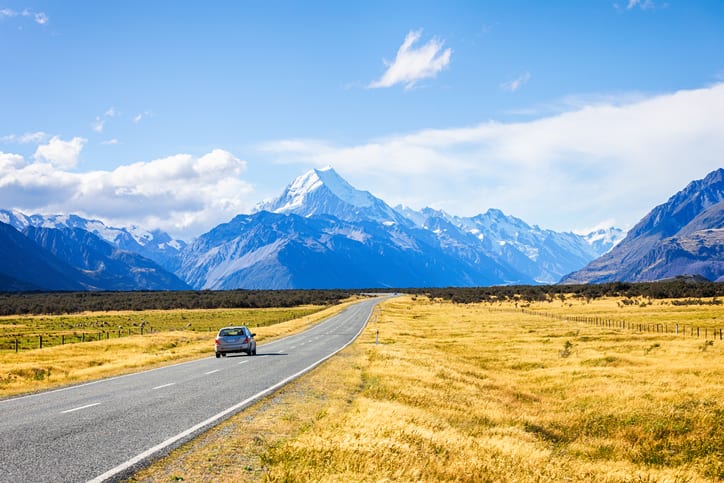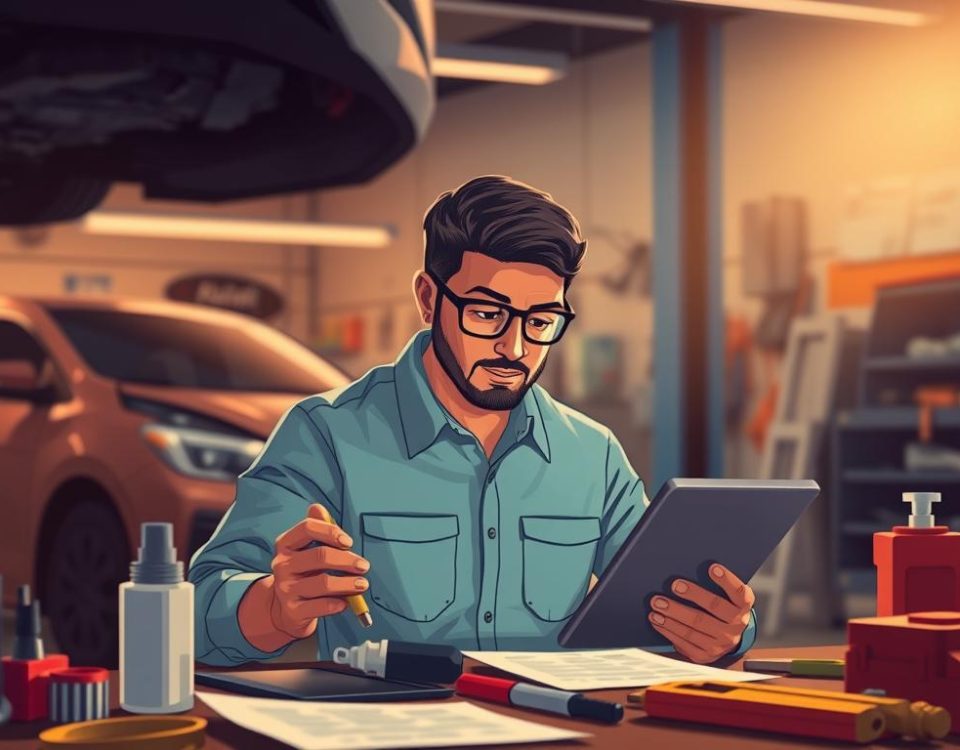Fatigue Driving and Auto Collisions (PART 1)

How You Can Get Better Gas Mileage
 This is the second blog installment of San Antonio’s Miracle Body and Paint on Fatigue Driving. There is around 71% of American adults who drive their cars to work. According to the National Sleep Foundation (NSF), much of that number admitted to being sleepy drivers. Almost one fourth of the respondents asked said that they have driven sleepy to or from work at least a few days within a month and 4 percent of the respondents even said they drive drowsy on an everyday basis.
This is the second blog installment of San Antonio’s Miracle Body and Paint on Fatigue Driving. There is around 71% of American adults who drive their cars to work. According to the National Sleep Foundation (NSF), much of that number admitted to being sleepy drivers. Almost one fourth of the respondents asked said that they have driven sleepy to or from work at least a few days within a month and 4 percent of the respondents even said they drive drowsy on an everyday basis.
 Getting not enough sleep and being overly fatigued can cause attention lapses which can contribute to auto collisions and other auto accidents.
Getting not enough sleep and being overly fatigued can cause attention lapses which can contribute to auto collisions and other auto accidents.
- NSF’s 2000 Sleep in America poll showed that 42 percent who became stressed, 32 percent got impatient and 12 percent drove faster as a result of drowsy driving.
- In the same poll, there is about one in five drivers that pulled over to nap to overcome drowsiness. Older adults are more likely to pull over as compared to younger drivers.
 People tend to fall asleep more when they are going on high-speed, long, boring and, rural highways. Yet urban people are still more likely to doze off while driving compared to people in rural.
People tend to fall asleep more when they are going on high-speed, long, boring and, rural highways. Yet urban people are still more likely to doze off while driving compared to people in rural.- Most collisions or near accidents occur between 4:00 – 6:00 a.m.; midnight – 2:00 a.m. and 2:00 – 4:00 p.m. Nearly one-quarter of adults or 23 percent reported that they know someone personally who got involved in an auto collision due to fatigue.
- NSF’s 1999 Sleep in America poll showed that there are almost 60 percent of parents with children that have not yet discussed the dangers of falling asleep while behind the wheels. In the 2002 poll, nearly all of the respondents agreed that information about driving while drowsy should be included in tests for a driver’s license.
It cannot be denied that crashes related to drowsy driving comes at a cost. It may result in jail sentences for a lot of drivers and there have been a lot of multi-million dollar settlements given to families of collision victims due to lawsuits against individuals and businesses.


 People tend to fall asleep more when they are going on high-speed, long, boring and, rural highways. Yet urban people are still more likely to doze off while driving compared to people in rural.
People tend to fall asleep more when they are going on high-speed, long, boring and, rural highways. Yet urban people are still more likely to doze off while driving compared to people in rural.